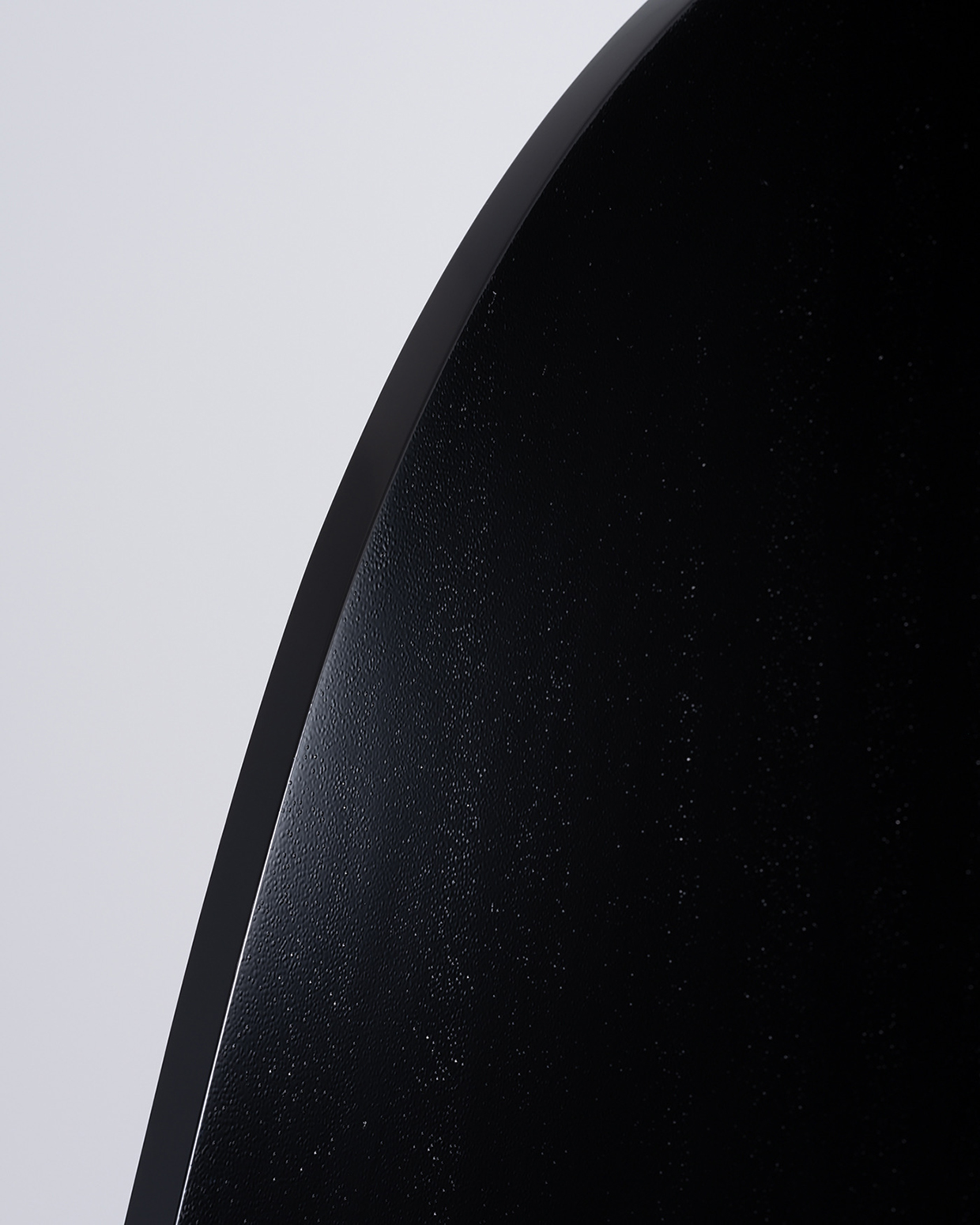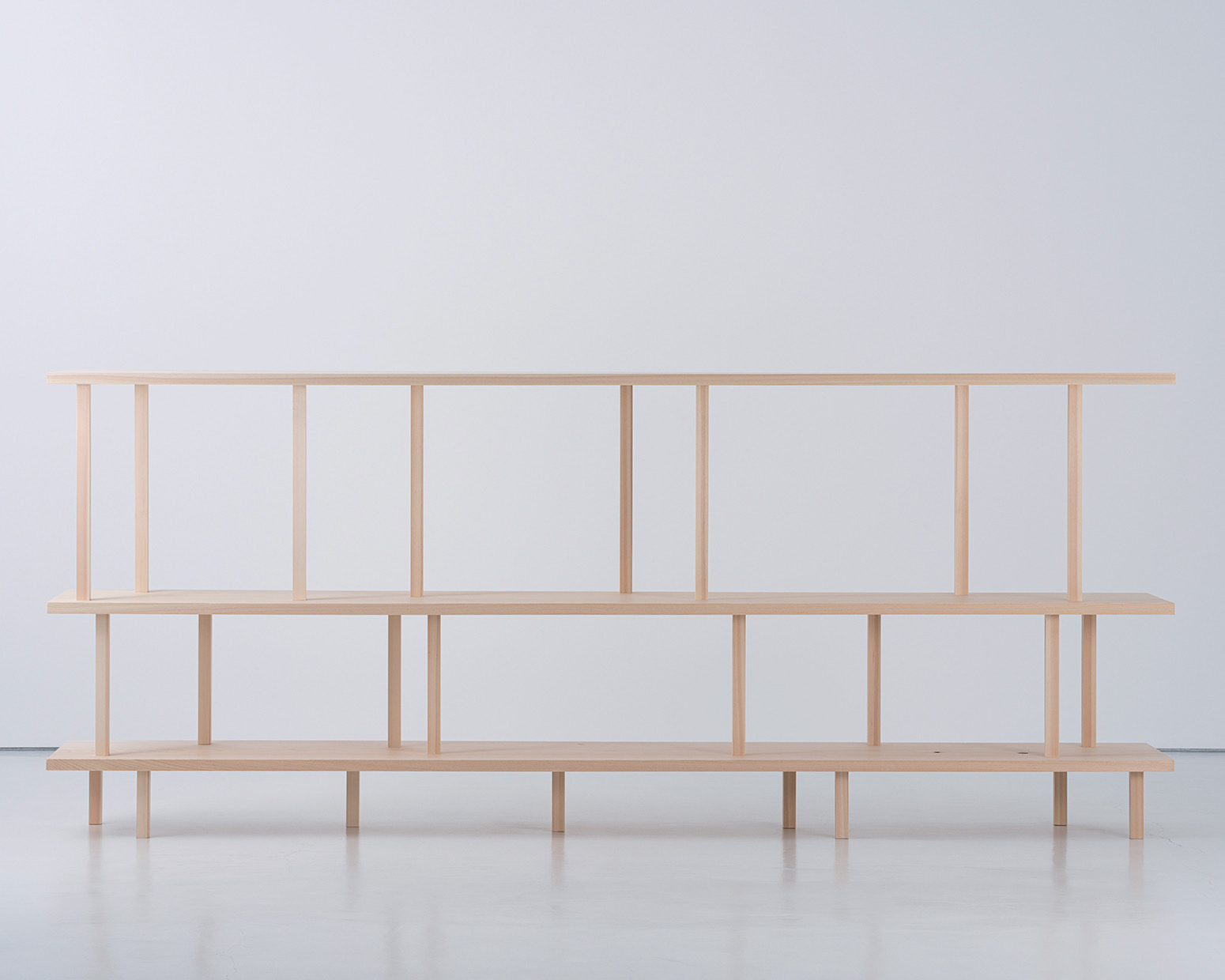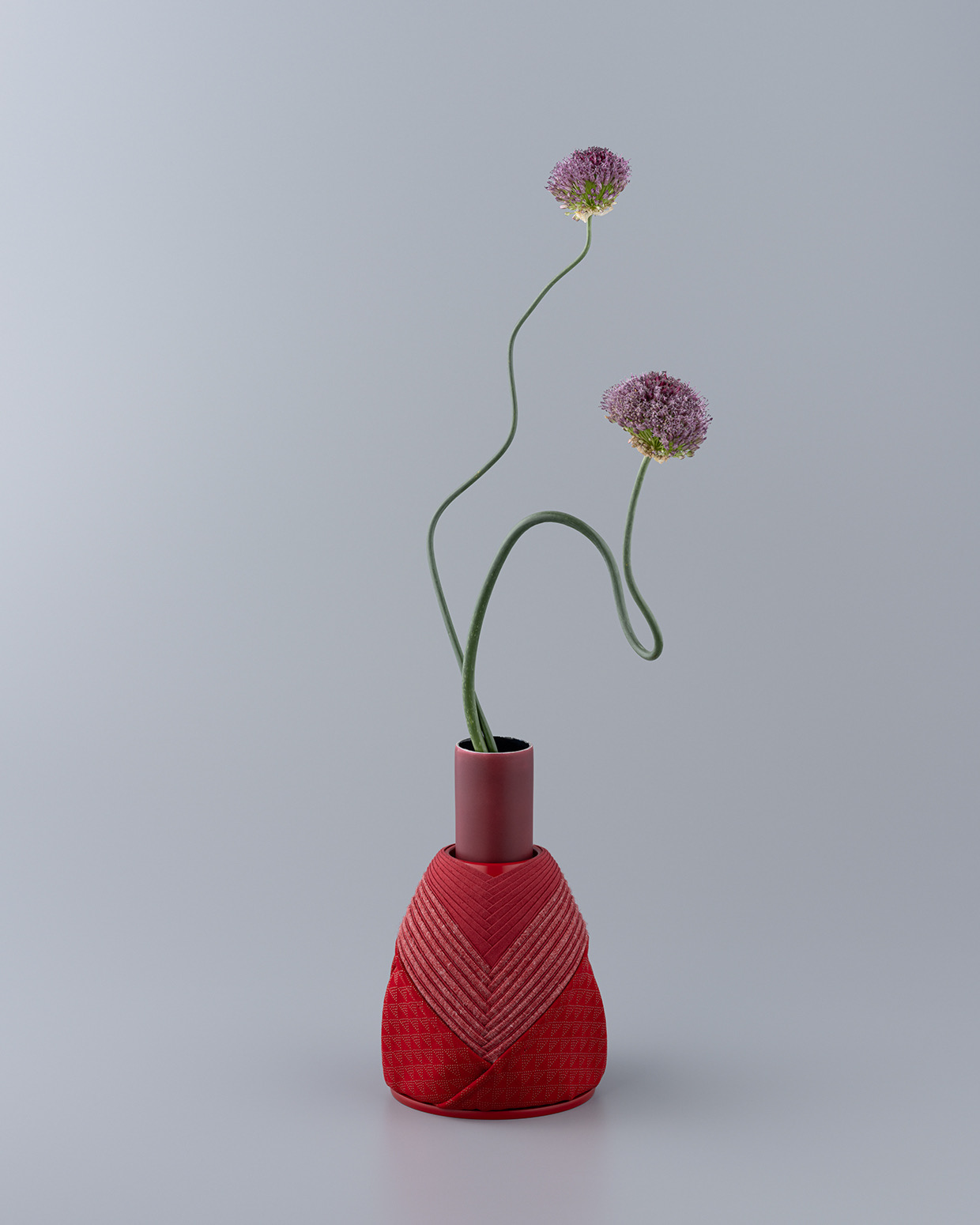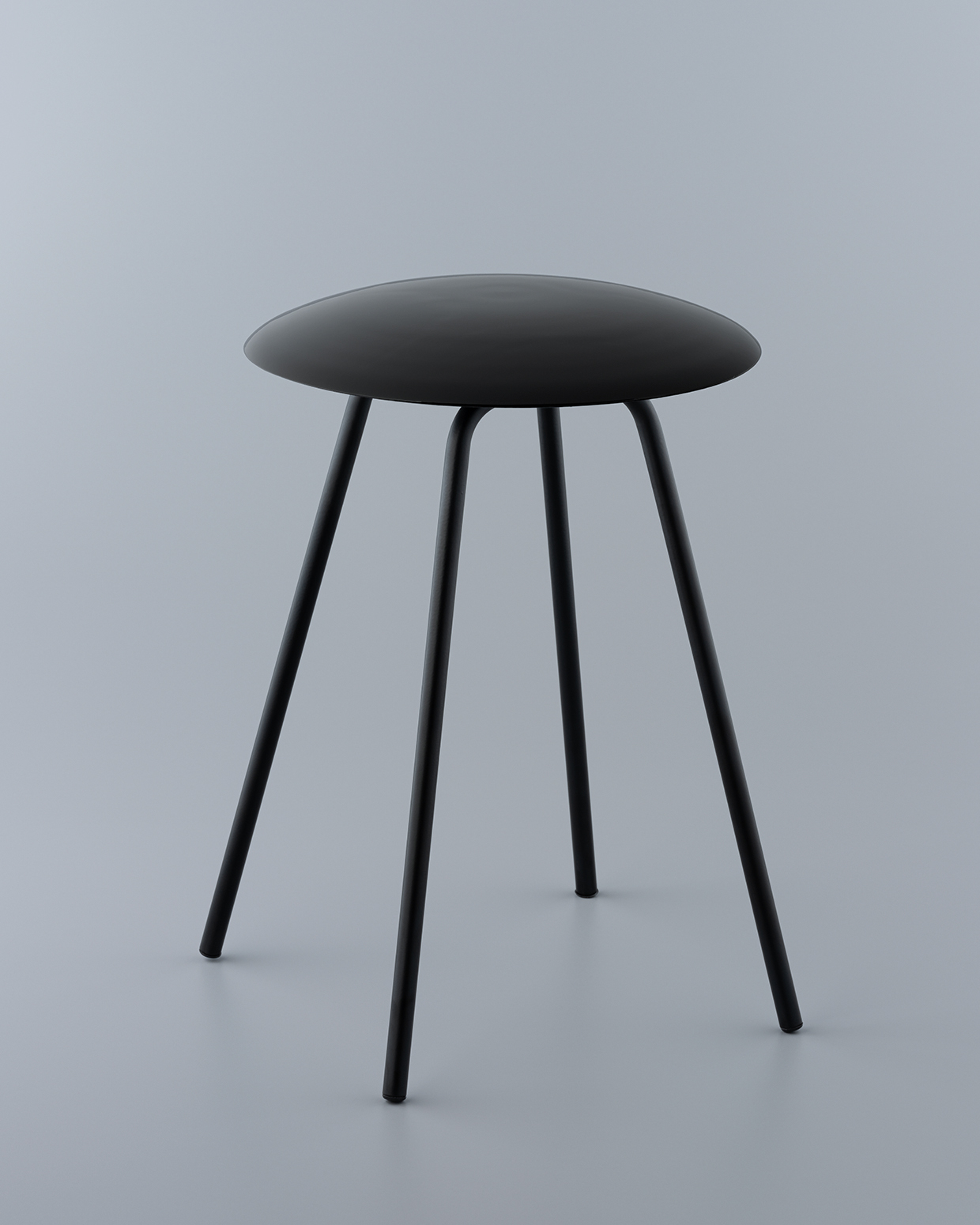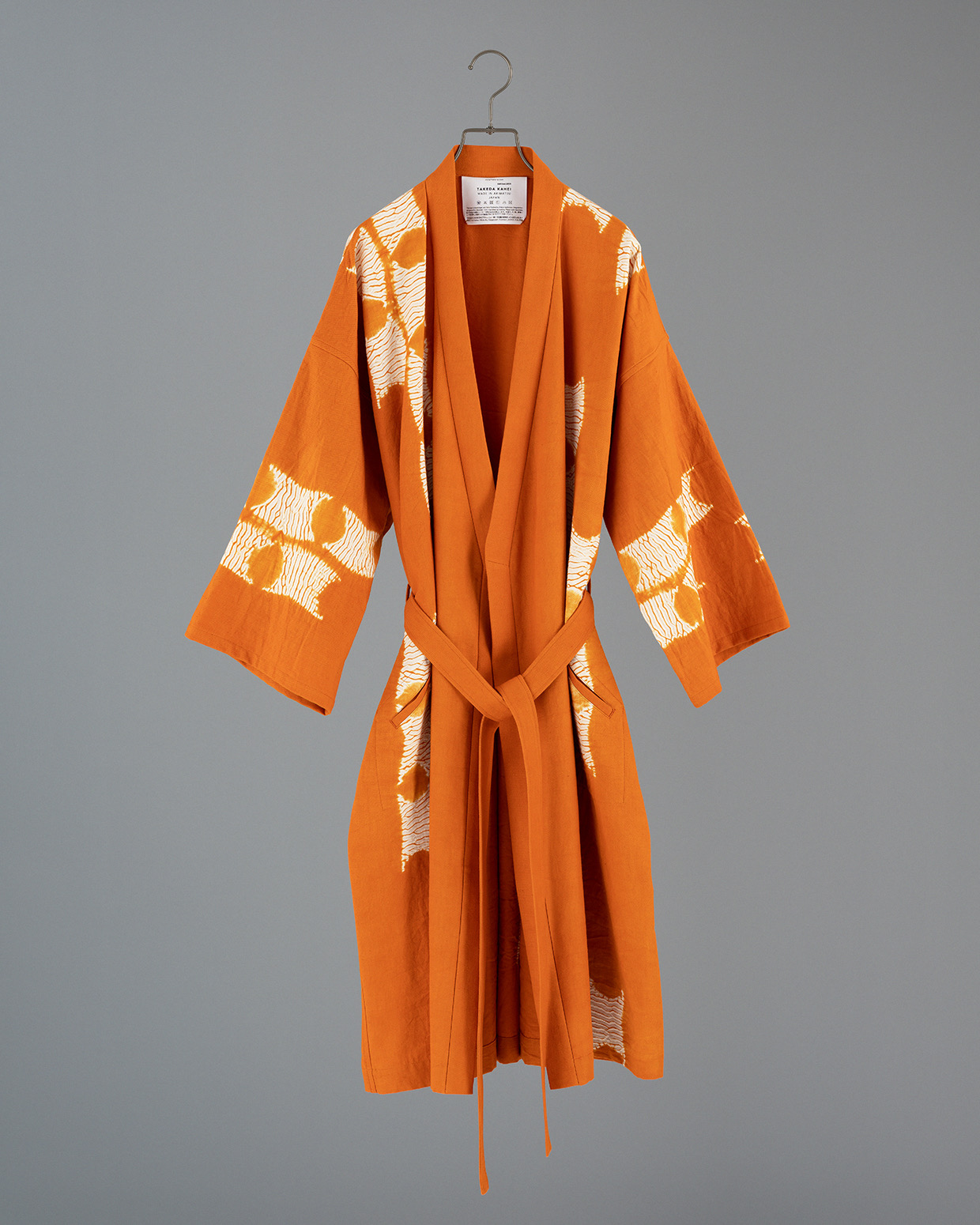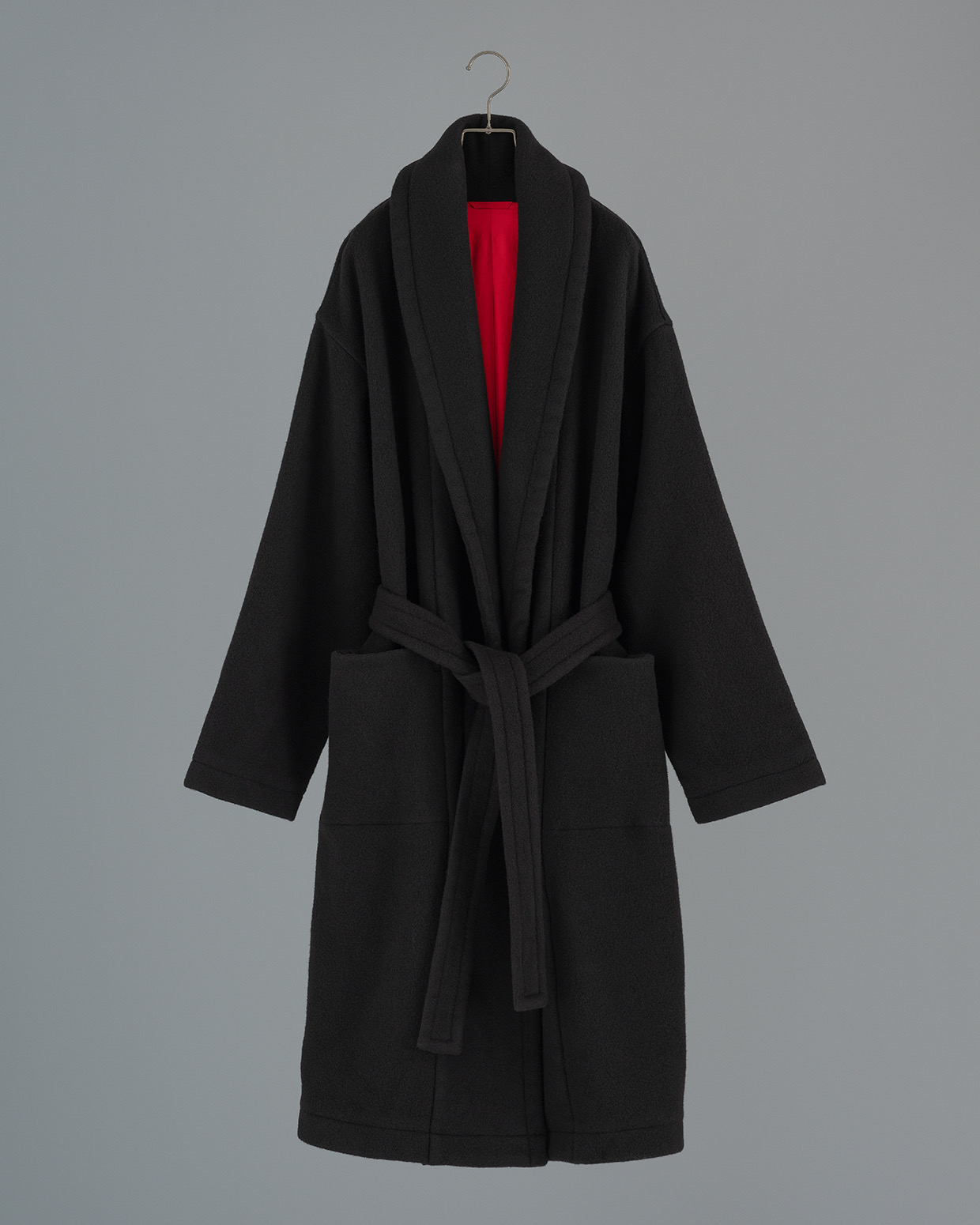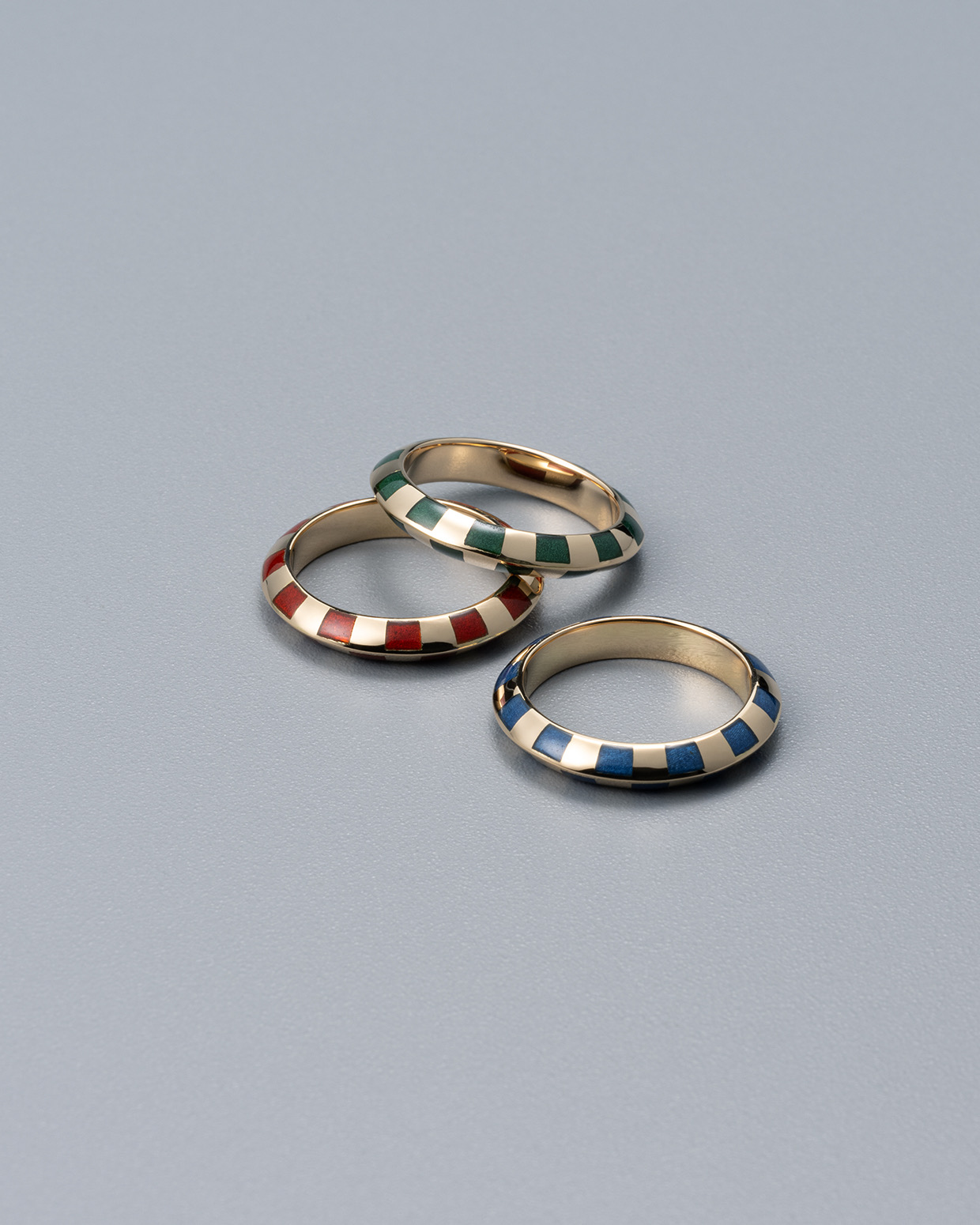Urushi Partition

Butsudan (Buddhist altars) are made through various processes by up to eleven different craftsmen. Urushi, (lacquer in Japanese) , is a traditional craft representative of Japan, and is one of the most distinct and visually striking elements of a Butsudan. Urushi is a sap collected from lacquer trees grown only in East Asia, and have been used for thousands of years. When dried, the sap can be used as a highly durable paint with a glossy texture. Urushi artisan applies a glossy-finish lacquer to the wooden structure several times over several weeks while paying close attention to avoid dust. Urushi made through sincere work lasts for many years by repairing its coating when it is damaged after decades of use.
The traditional black lacquered panels on a Butsudan have been reinterpreted into a new form. “Urushi Partition” is foldable, portable and a beautiful way to make a backdrop to add privacy, or gently separate spaces.
Unlike traditional partitions with hard rectangular geometry, “Urushi Partition” has a gentle rounded form that softly blends into its surroundings. The unique black lacquer finish has a matte non-reflective surface when viewed frontally, but glossy and reflective like a mirror when viewed at an angle. The lacquer acquires its true visual depth as it ages for decades.
Whether it’s placed in homes, hotels, restaurants, or other public areas the abstract appearance allows flexibility in a wide range of interior spaces.
